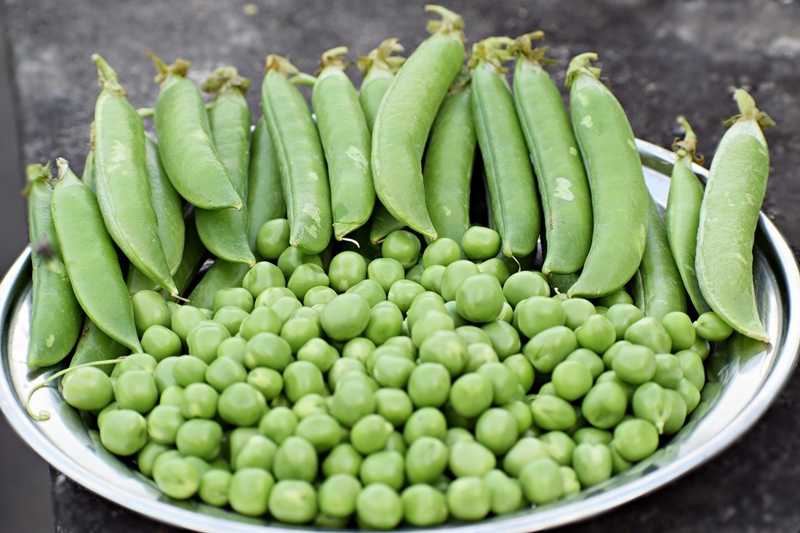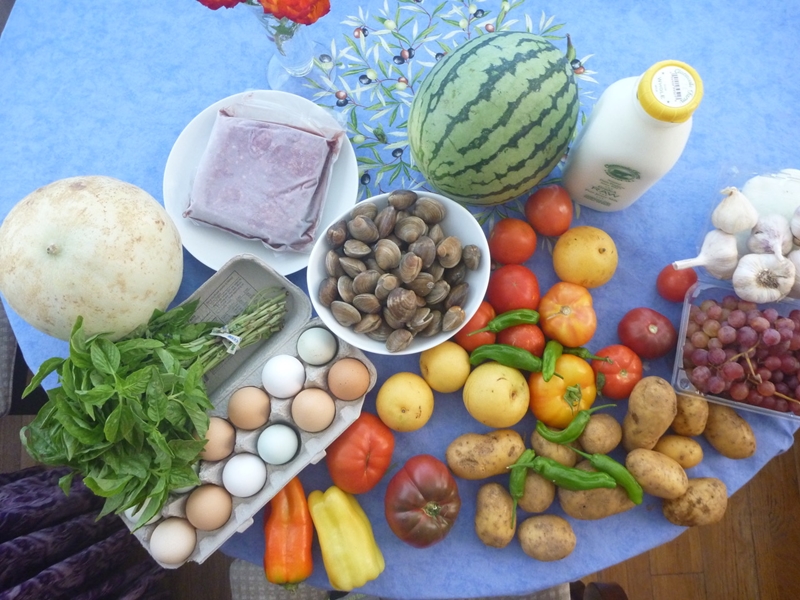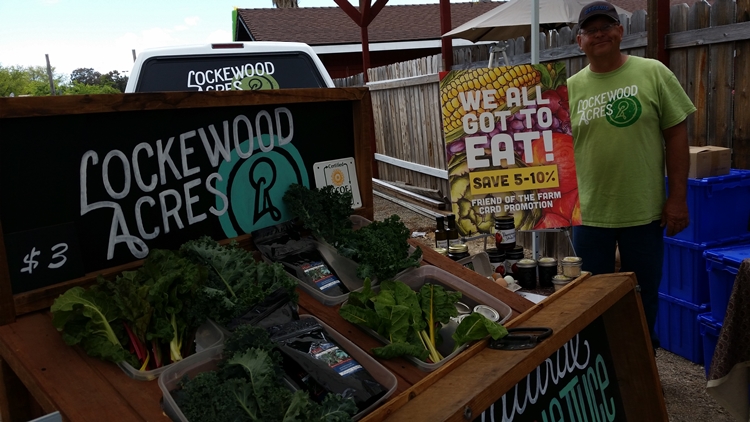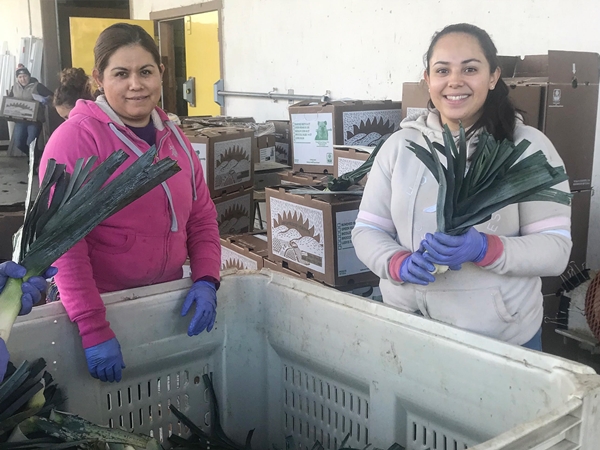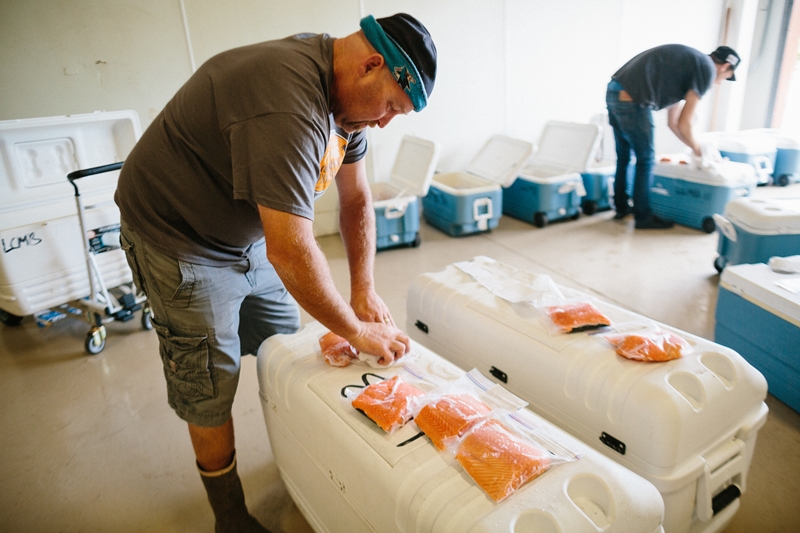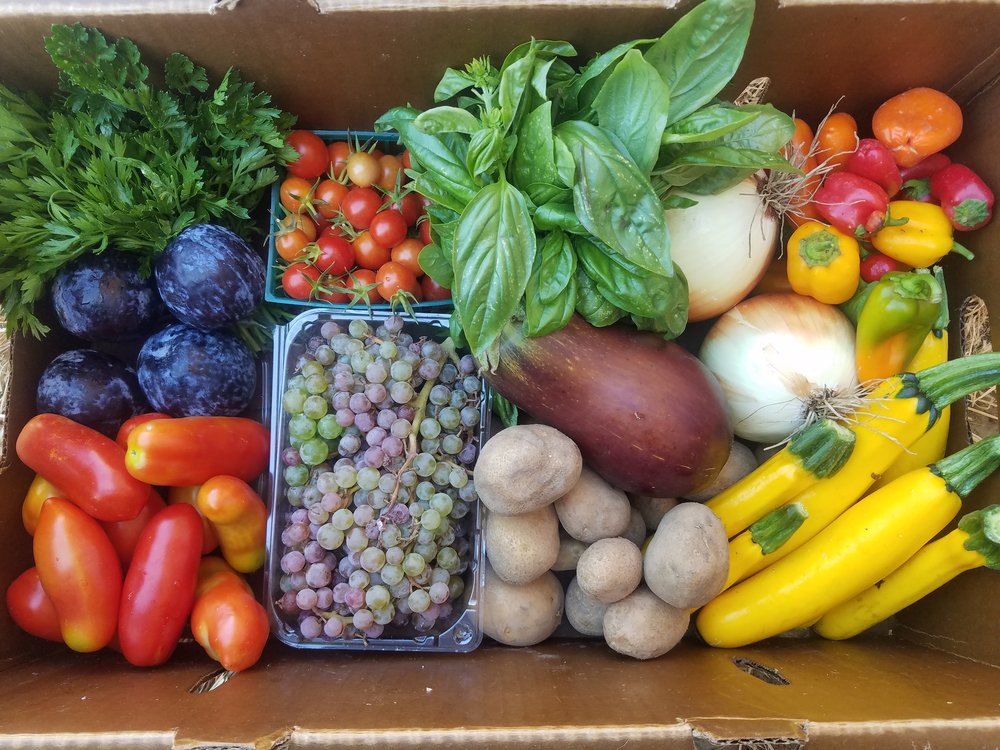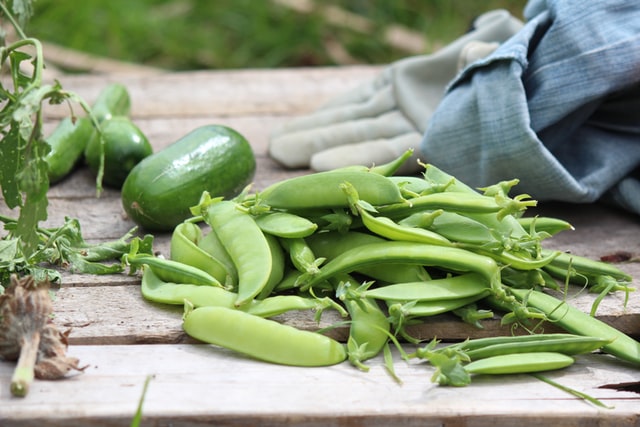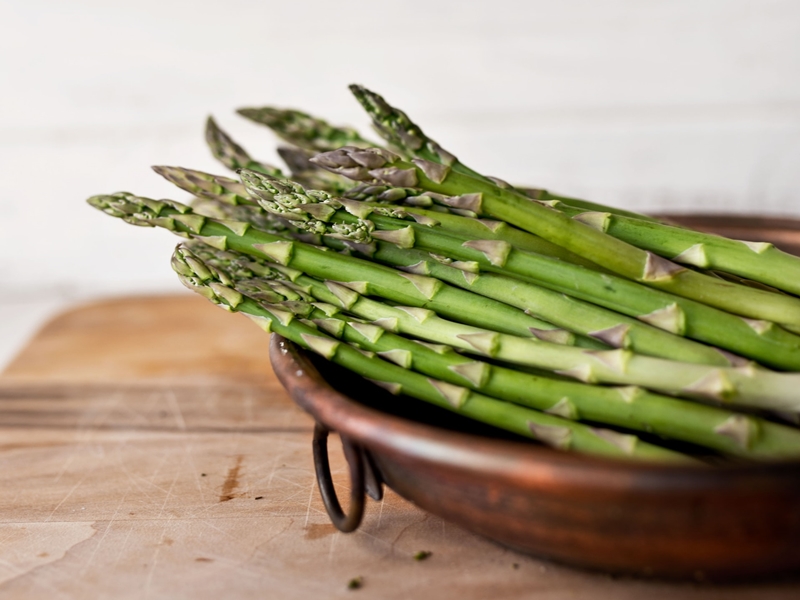CSA Farm Spotlight: Soul Food Farm
By Sustainable Solano
This is an ongoing series profiling local farms that have Community Supported Agriculture (CSAs) available in Solano County. CSAs create a way for community members to buy a share of the harvest directly from local farmers. Customers pay a set amount and receive a box of seasonal produce or other farm products in return. Such arrangements help farmers receive a greater share of the money paid, bring customers fresh, local produce and promote health, community and the local economy.
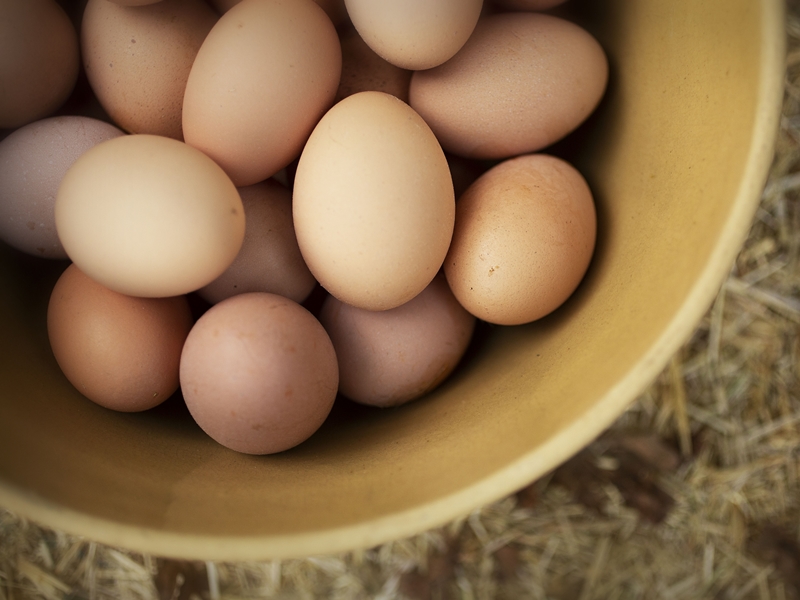
Eggs from Soul Food Farm
Soul Food Farm, off of Pleasants Valley Road in Vacaville, sits on land that was a family farm since 1850 and had lain fallow for 30 years before Eric and Alexis Koefoed bought it in 1997. They officially named it Soul Food Farm in 2000. Known for its pastured eggs and olive oil, the farm started by selling eggs to the community and then to restaurants. “It all happened so fast we didn’t have time to write a business plan, but the mission was always to grow clean, fresh, real food that people could afford,” Alexis said.
There is a farm stand at the front of the property and the farm is often host to workshops and events, including the annual Women of Abundance conference. When COVID-19 upended the way local farmers were distributing their products, the Koefoeds took the steps necessary to start selling products from a variety of farmers directly to consumers through the Soul Food Farm CSA.
Below is a Q&A with Alexis about Soul Food Farm:

- Soul Food Farm
- Vacaville
- 55 acres
- Established 2000
When did you start offering a CSA? Why was it important to offer?
In this current pandemic and shelter in place, the closure of small businesses, restaurants and markets has had a huge impact on farmers, ranchers and food producers (chefs) and the ability for people to access nutrient-dense food. It seemed imperative to pivot and to build a CSA that farmers could come together on and sell their food — a way to connect farmers to customers and get good food out into the community.
Are there special perks for CSA members? Why do people tend to subscribe?
We have set it up a little differently than traditional CSAs. It is still operated on the premise of Community Supported Agriculture, but there is no membership fee. I wanted the flexibility for people to join with ease, and also it wasn’t practical to have a membership fee with so many items from different farms on the site. This way, they can purchase just what they want and the system I’ve designed handles all the orders and inventory. That being said, I may change it in the future. The story is still unfolding.
What’s something that makes your farm stand out?
I don’t know if Soul Food Farm stands out as different from any other small farm, but the guiding principles of the farm have always been simple: That the farm should embody beauty, form and function. That simple was best. Our strength was in staying small and diverse. There have been times over the years when we drifted from those core principles and beliefs, but we always found our way back. And there would never have been a Soul Food Farm if it wasn’t for the customers and farm friends who have been part of our story.
Anything exciting on the horizon? What do you see happening and what do you want to see happen with interest in local food?
I think this upending of our economy in many ways is a reason to feel some excitement. We are watching people come together and exhibit great acts of kindness. It’s a painful adjustment, of course, but it’s forcing us all to be creative and inspired about how we view our businesses. We have the possibility now to create a new system of food equity:
- A sound regional food system that includes access, transportation, a closer connection between farmers and consumers.
- The understanding that food is our common denominator and is not a commodity but a human right.
- The uplifting of small and regional food production as opposed to large, clumsy and cruel.
- Farmers in each region supporting food security in a more profound way and the community responding with financial support.
The world is changing and it could be a wonderful moment to create truly regenerative systems. The old way of corporations controlling our food supply is no longer feasible. The fractures of that big ag system have been revealed. The smaller farmers and their advocates are picking up the work of feeding people, building new supply chains and working out how to alleviate food insecurity with an intensity like never before.
Anything else you’d like to add?
Soul Food Farm CSA is adding new farmers, ranchers and small business owners each week to our list. We are going to keep operating the CSA as long as needed to help bring farmers and customers together.
The Soul Food Farm CSA is available for pickup at the farm on Saturdays. Orders go live Saturdays at 10 am and close Wednesdays at 5 pm. Learn more here.
Find out more about local CSAs here.

